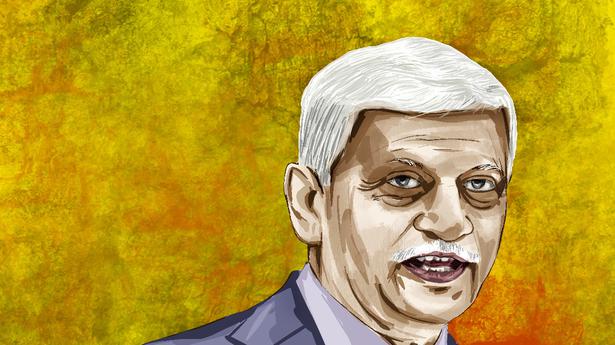
U.U. Lalit | A firm hand of rule of law
The Hindu
A Supreme Court judge since 2014, he is known for his humanitarian approach
It was 9 a.m. on a hot July morning. A Friday. One of the busiest days of the week in the Supreme Court. Two judges were in their courtroom, intently listening to the lawyers’ arguments. A crowd was gathering in the courtroom as news spread that Justice Uday Umesh Lalit’s Bench was sitting a full hour-and-a-half before court hours.
Finally, a lawyer, unable to contain his curiosity, came forward to ask Justice Lalit the reason for starting early. “Sir, if children can go to school at 7 a.m., judges can sit in court at 9 a.m.,” Justice Lalit replied.
The answer was simple, courteous and direct. It also gave an insight into what Justice Lalit, who is poised to take over as the 49th Chief Justice of India on August 27, is as a man and judge. His resolve to work hard came from his grandfather, Ranganath Lalit, a lawyer who chaired two separate civic receptions when Mahatma Gandhi and Jawaharlal Nehru visited Solapur, the family’s native town in Maharashtra.
Born in November 1957, he graduated from Mumbai Government Law College and began his legal practice in 1983 with M.A. Rane, a proponent of radical humanist school of thought who believed that social work was as important as building a solid legal practice.
Justice Lalit’s extensive experience as a criminal lawyer who saw the toll prolonged litigation takes on people, his visits to prisons to see first-hand the plight of inmates and the chronic lack of infrastructure is evident in many aspects of his decisions as a Supreme Court judge, from making it a point to take up death penalty appeals first in his list of cases for the day to his extensive outreach programmes to provide free legal aid to the poor as executive chairperson of the National Legal Services Authority.
After his move to Delhi in 1985, Justice Lalit struggled in the initial years, and as his friends say, “survived” like any other young lawyer in the Supreme Court. An innately humble man, he makes it a point to address even the junior most lawyer as ‘Sir’ or ‘Madam’ in his courtroom.
Justice Lalit worked in the chambers of P.H. Parekh and Company before joining former Attorney General Soli Sorabjee’s office in 1986 where he continued till 1992. As a young lawyer, finding his feet in the Supreme Court, he carefully observed Chief Justice P.N. Bhagwati and O. Chinnappa Reddy conduct their courts and fought cases pro bono (without fees). He later became an advocate-on-record and was designated a senior advocate in 2004. The Supreme Court’s trust in his prowess was established when he was repeatedly called on as amicus curiae to assist the Bench in knotty cases. He gained renown as a criminal lawyer and was appointed Special Public Prosecutor in the 2G spectrum cases.













